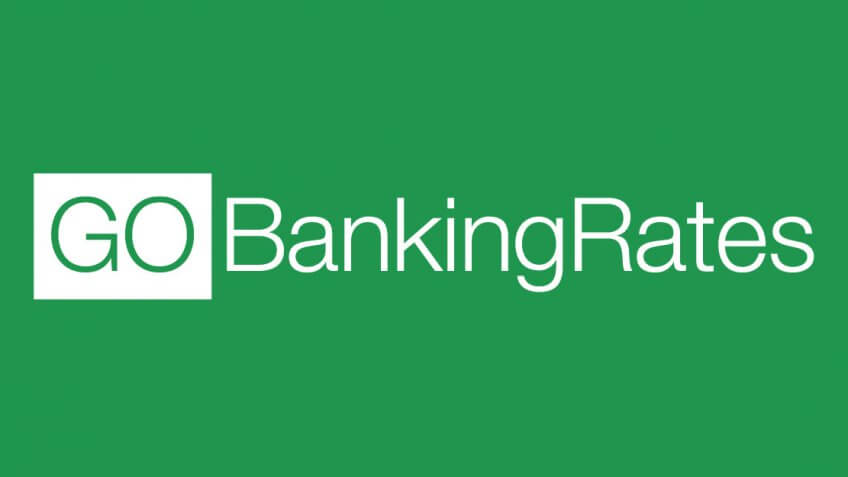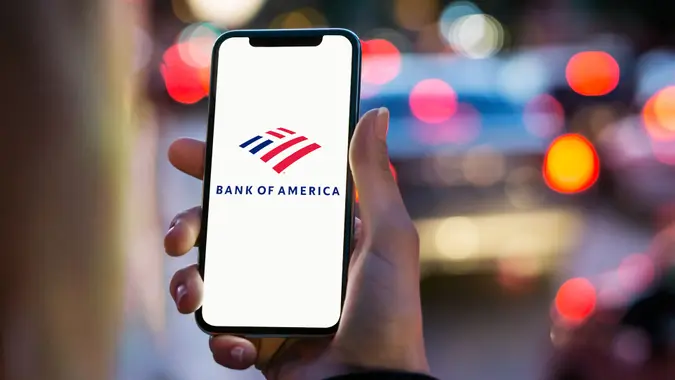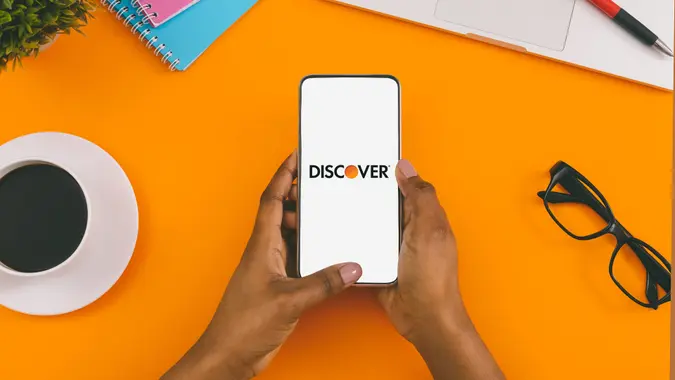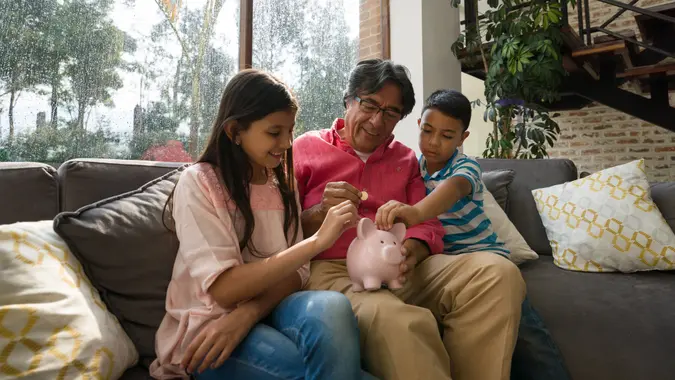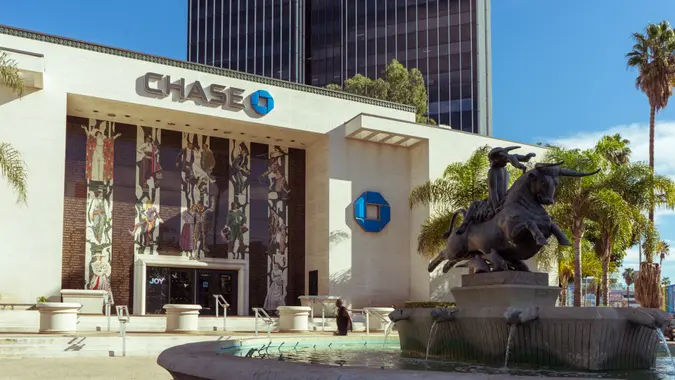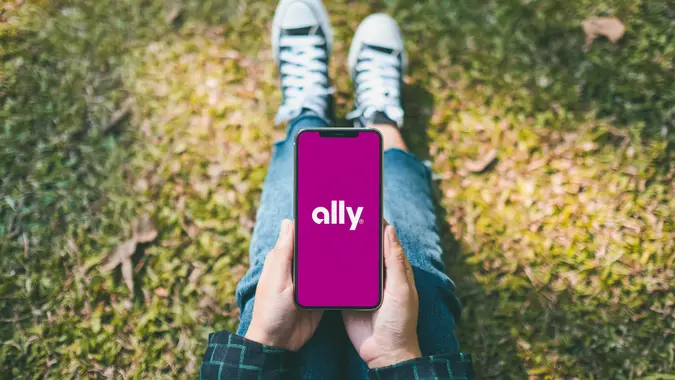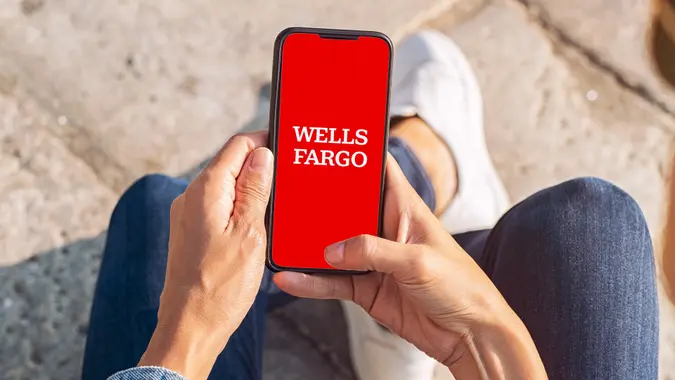Rachel Cruze: If You’re Not Doing This, ‘You Could Be Missing Out on Earnings $1,000s’

Commitment to Our Readers
GOBankingRates' editorial team is committed to bringing you unbiased reviews and information. We use data-driven methodologies to evaluate financial products and services - our reviews and ratings are not influenced by advertisers. You can read more about our editorial guidelines and our products and services review methodology.

20 Years
Helping You Live Richer

Reviewed
by Experts

Trusted by
Millions of Readers
Even if you’re not a financial expert, you probably understand the basics of saving and investing. However, there are nuances that can significantly impact your financial growth. Rachel Cruze, a renowned personal finance expert, highlights one such nuance in a recent YouTube video: choosing the right type of savings account. This decision can make a massive difference in your earnings, potentially thousands of dollars, through passive income.
The Basics of Savings
Before diving into advanced saving strategies, it’s essential to build a solid financial foundation. Cruze emphasizes starting with a $1,000 emergency fund. Once you’re debt-free, the next step is to establish a fully funded emergency fund covering 3 to 6 months of expenses. After achieving this, shift your focus to investing 15% of your income into retirement. These steps ensure you’re prepared for emergencies and on track for a secure financial future.
The Power of High-Yield Savings Accounts
A high-yield savings account (HYSA) is a game-changer compared to traditional savings accounts. While regular savings accounts often offer interest rates as low as 0.25% or 0.5%, HYSAs can provide rates around 4% to 5%. This significant difference allows your money to grow faster and more securely over time. For instance, if you have $10,000 in a traditional savings account at 0.5% interest, you’d earn just $50 in a year. In contrast, a HYSA at 4% would yield $400 annually–a substantial increase.
Choosing the Right HYSA
Not all banks offer HYSAs, so it’s crucial to find one that suits your needs. Here are some tips from Cruze to ensure you choose the best account:
No Minimums and No Penalties: Look for accounts with no minimum initial deposit, no minimum balance to maintain, and no penalties for withdrawals. This flexibility ensures you can access your money when needed without extra costs.
Transfer Time and Withdrawal Limits: Pay attention to transfer times and withdrawal limits. Some accounts may take up to five business days to transfer funds, which could be problematic in an emergency. Additionally, some accounts limit the number of withdrawals you can make each month, typically six, which should be sufficient for emergency funds.
Insurance: Ensure the bank is FDIC insured (or NCUA insured for credit unions). This insurance protects your deposits up to $250,000 per depositor, per bank, per account category, ensuring your money is safe even if the bank fails.
Comparing HYSAs and Money Market Accounts
Cruze notes that while money market accounts were once her go-to recommendation, HYSAs have become more appealing due to their higher interest rates and greater flexibility. Money market accounts offer easier access to funds via checkbooks or debit cards, making them convenient for frequent transactions. However, HYSAs generally offer better interest rates, making them ideal for emergency funds or savings you don’t need to access frequently.
Making the Right Choice
To decide between a HYSA and a money market account, consider how often you need to access your money. If you’re using the account strictly for emergencies or long-term savings, an HYSA is likely the best option. If you need more frequent access, a money market account might be more suitable.
Leveraging high-yield savings accounts can significantly boost your financial growth. By making informed choices and understanding the nuances of different saving options, you can maximize your earnings and secure a stable financial future.
Editor's note: This article was produced via automated technology and then fine-tuned and verified for accuracy by a member of GOBankingRates' editorial team.
 Written by
Written by  Edited by
Edited by 



